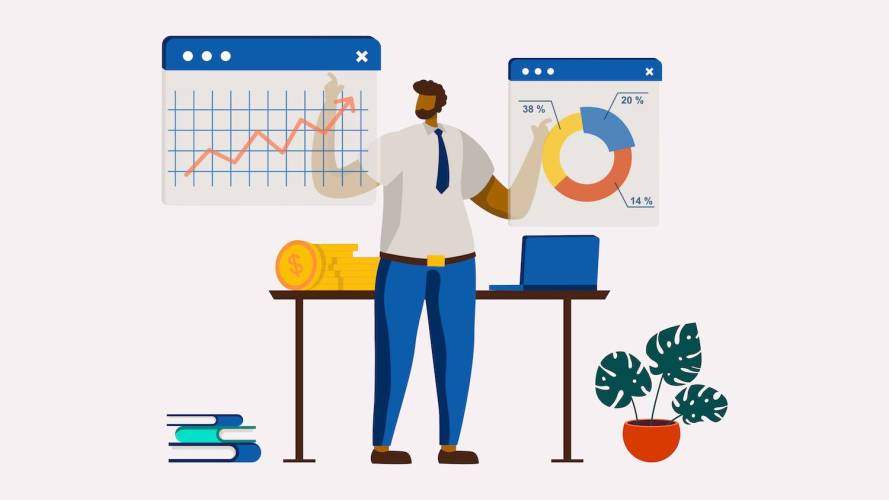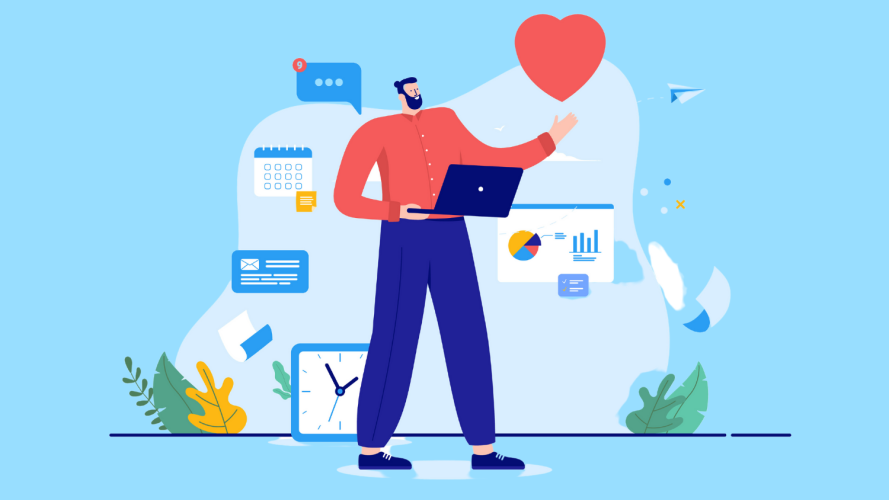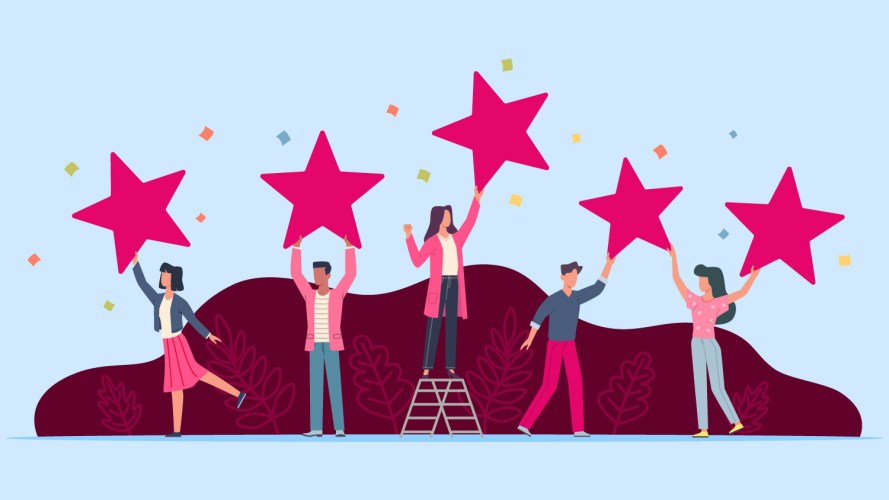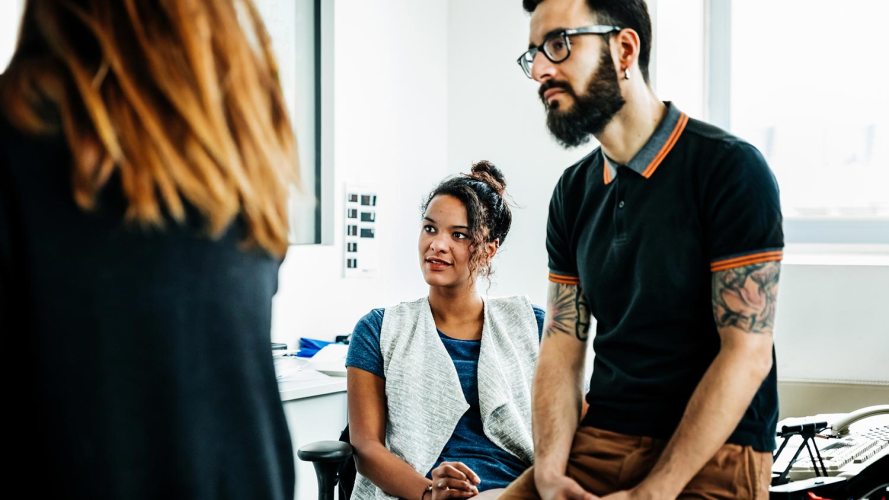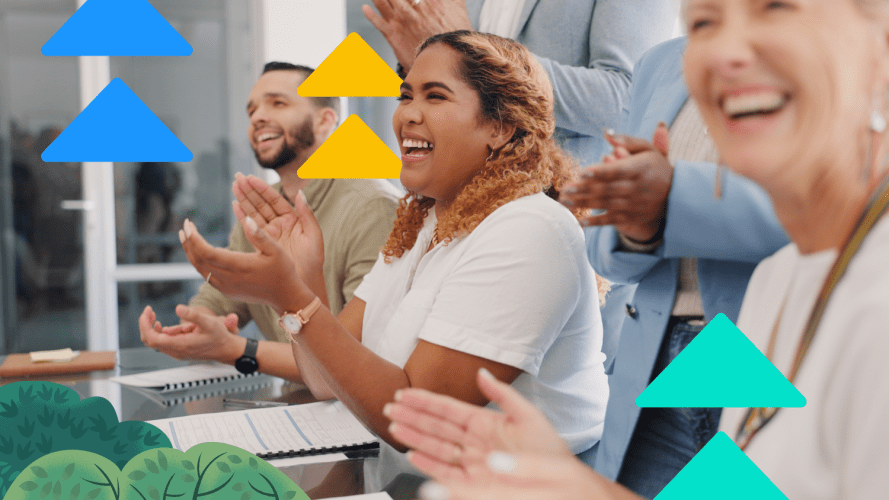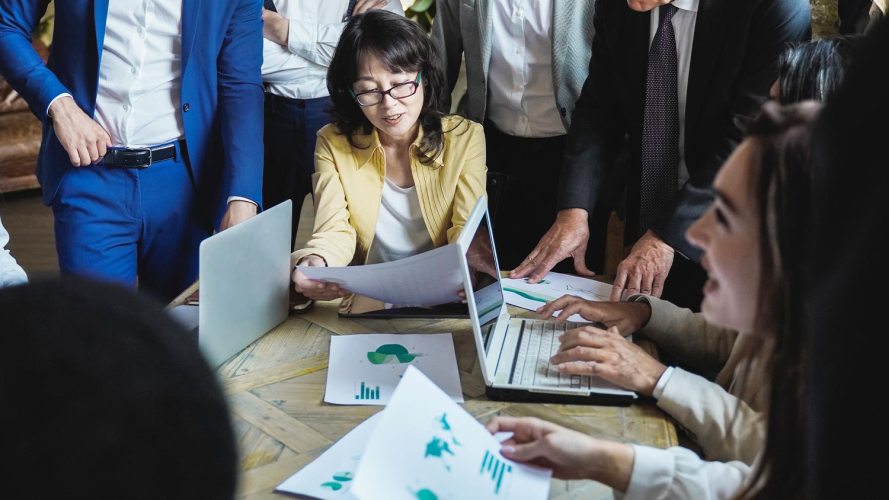Dr. David Agus: Why Companies Should Consider a Chief Health Officer
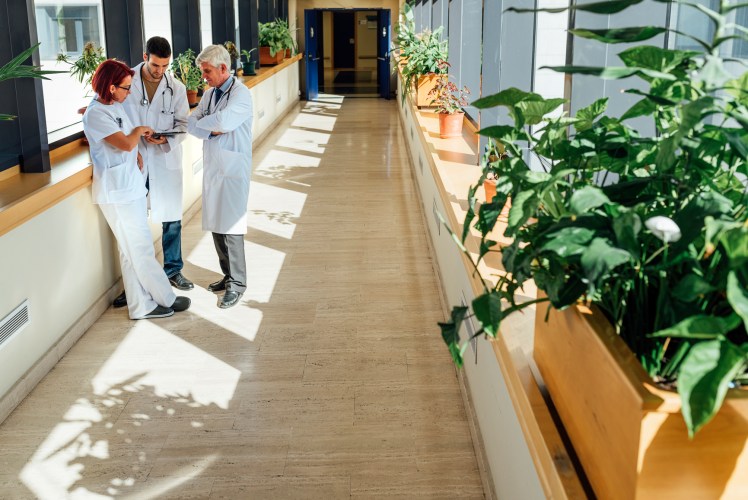


The renowned doctor, on the importance of this new role and exactly what it should entail.
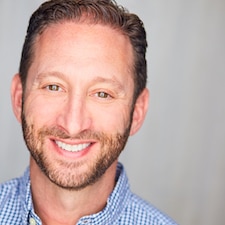
Ari Bendersky
The renowned doctor discusses the importance of this new role and exactly what it should entail.
Last week, Dr. David Agus, one of the world’s leading physicians, shared his excitement about the effective clinical trials at the University of Oxford in England of a new drug to fight the spread of the coronavirus. This means companies may have the ability to open up offices soon. As such, today we publish part one in a three-part series where Dr. Agus, in his own words, shares valuable insight into things companies and employees might consider when thinking about returning to shared office spaces.
In this edition, Dr. Agus explains why he thinks the new role of Chief Health Officer will be critical for companies and what that role will entail. The following are excerpts from our conversation with Dr. Agus. They have been lightly edited for content and clarity.
Chief Health Officer versus Chief Medical Officer
I’m a fan of Chief Health Officer as the title for this new role. To me, “medical” denotes dealing with medical issues. “Health” is your state today — it’s the lack of disease. I want companies to have a program where they think about their employees’ productivity and health every day. And, then, if they’re customer-facing, how do they convey that same message to the individual customer? We have to think differently in that way. And I think it’s going to be critical going forward. It’s a new era.
Many large companies now have a Chief Environmental Officer. They look at the buildings. Are they LEED certified? Are we throwing away our paper and our waste? I think it’s been fantastic; and the same is true with health. Is the airflow in the building optimized to reduce the spread of a virus or is it stagnant air? Do the windows open to the outside or not? Is there a place for people to eat in UV sunlight when the weather is good, so they can actually get exposed to green in nature and then come back into a safe environment? I want someone to think through those elements, as well as everything else we’re going to talk about here regarding health and cleanliness.
I think that is going to be part of your C-level suite. They don’t necessarily need to have a medical background. They need to have broad thinking about health. I think it’s critical.
Shifts for all employees
You need to figure out ways to effectively social distance. That may mean employees go to work in shifts: a morning shift, an afternoon shift, or maybe even three shifts because you can cut down the number of employees in the office by a large percent. You want to stagger times because if everybody shows up to an elevator of a 40-floor building at 8 a.m., that doesn’t make a lot of sense. I want people to show up at the elevator just like showing up for a ride at Disneyland, during a time slot.
Any employee that can work at home efficiently and not lose productivity probably should for the next several months.
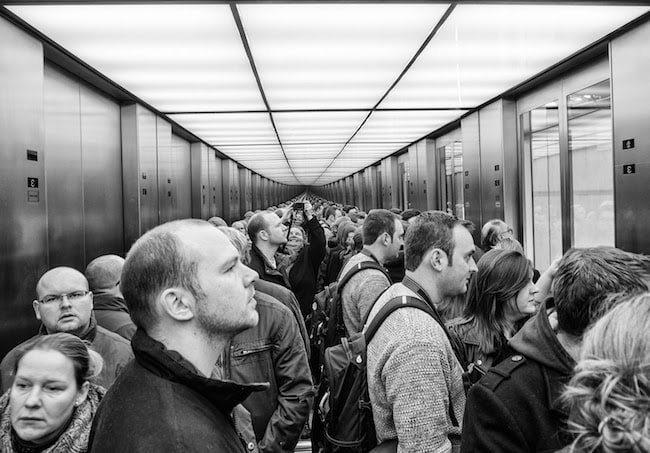
Crowded elevators will soon be a thing of the past.
[Photo: Flickr/Georgie Pauwels]
A new kind of surveillance
You need to know when somebody has symptoms, and one way is to make quadrants and make sure to test each one once a week — then you can start to know whether they’re asymptomatic cases. Because the thing about this virus — why it is so wily and difficult — is that a significant number of cases are asymptomatic, so a person may feel well and, unknowingly, can spread the virus.
On face coverings
Every employee needs to be wearing a face covering while at work and on the way to work — that’s critical to protect everyone else. This virus is spread predominantly by droplets, so if we can stop the spread of droplets, we will stop the spread of the virus.
Knickknack-free desks
We have to change our workplace environment. Instead of having all the knickknacks and family photos on your desk, you probably want to mandate empty desks for the short term so they can get effectively cleaned every night, and you don’t have to clean around the picture frame and the little knickknacks all over the place.
Eating at work
Employees won’t want to have to go out for food. They’ll want to be given food and eat at their desk and not have to go to one centralized place where everyone is going at once for the lunch line — if you will. So, you have to figure out an effective way to distribute the food.
Barriers between workers
This virus is spread almost uniformly by droplets — so droplets have to be the focus of everything. We’ll need barriers between workers. I don’t want any worker to be within six feet of each other. We have to think about that for the workspace and for any meeting spaces that exist. So, if you need to have a meeting with more than several people who can effectively social distance, you should have that meeting electronically.
The commute
We have to think through every aspect of the flow of an employee’s travel from the beginning of the day to the end of the day. Employees may not be able to take public transportation. How are they going to get to work? How are we going to enable them to do that safely? These are all things we need to think through and deal with in an enterprise fashion. [Editor’s Note: The Wall Street Journal confirms this has become a “thorny issue” as corporate executives plan.]

Face coverings and amped up cleaning protocol will be in full effect
when we return to the office [Photo: Flickr/Jernej Furman]
Communication
We’re all going to do certain things right and certain things wrong. We have to learn from each other, talk to each other, and see what company X does differently than what I’m doing and [be open to learning from what they] may be doing better.
At the same time, I want employees [to have avenues to] talk to management, literally, daily and say, “Hey, I’m a little uncomfortable with how this is set up.” So we need to build in that feedback loop because this is new to all of us. There is not a certification where, if you hit these hallmarks, you are safe — we need to build that together. And having the infrastructure, the data feedback, and the ability to collect information on a real-time basis and act on it will separate the good from the great in this regard.
Video conferencing
You’ll also need to focus on employee wellness and health. Our brains weren’t designed for Zoom. We were designed to have in-person interactions, right? If I look at your facial cues and your body moving, I can respond accordingly. So in this new all-virtual environment my brain is searching for those cues, while looking at you through Zoom. And it’s working extra hard to figure out, “How do I interpret what he’s saying and what he’s thinking.” Now add in the Brady Bunch-style calls where you’re looking at up to 100 people at once, and it’s even more difficult on the brain. So you have to figure out ways to relax and exercise the brain to counterbalance all these calls. [Editor’s note: Here are some ways to fight this particular kind of fatigue per Psychology Today.]
From new protocols for elevators and meals to an enhanced focus on employee wellbeing to ensuring sanitized workspaces, there’s a lot to consider on the health front in the offices that some will reenter soon. While there are still a lot of unknowns as new information gets released almost daily, Chief Health Officers may play a critical role in facilitating this change and helping us all get back to work with more calm and peace of mind.
Related: The Six-Feet Office: Designing Workplaces for the Future












